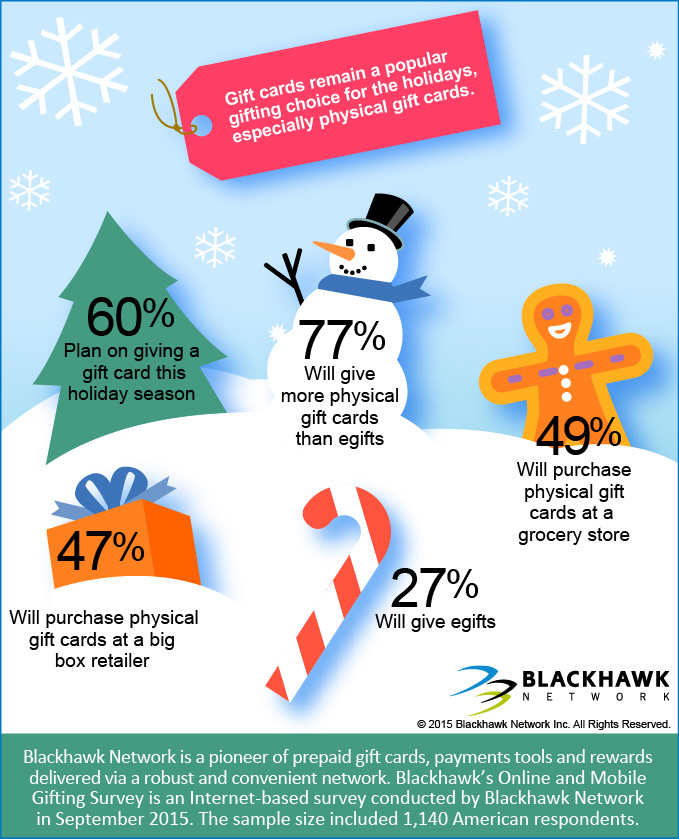Engraved glass products can convey a sense of elegance, sophistication and brand name identification. Font option plays a vital duty in developing the tone of an inscription, specifically when developing company presents or landmark parties.
Modern sans-serif typefaces supply a balanced aesthetic for inscriptions that share innovation or forward-thinking brand identifications. Attempt pairing them with classic serifs to bring a much more creative panache to your designs.
1. Flared or Flowing Details
Etching on glass supplies a variety of design choices. For rounded things, such as containers or jars, using a rotary accessory permits regular and even engraving across the surface. Etching from the within the glass makes it possible for a more subtle, decorative look and even a full-color paint fill.
Spirited typefaces stimulate power and charisma, making them perfect for brands that intend to attract attention and reverberate with target markets. The overlapping, interlocking and weaving of letterforms create a sense of motion or depth in typography that catches the target market's interest and intrigue.
Readability is a vital factor to consider when choosing a font for glass engraving. Selecting the best dimension, weight and spacing enables simple analysis at any type of angle or range. Font design additionally contributes, with manuscript and attractive typefaces supplying an official or classy appearance, while transcribed typefaces offer a more personal touch. Variable typefaces enable developers to include a selection of designs and weights in a file, which aids keep uniformity and makes certain that the message or graphics are still understandable.
2. Deformed or Distorted Kind
Installing altered message within a layout is an efficient method to include character and make the style stand apart. This style has become particularly popular for logo designs and brief taglines, as it releases a feeling of character while likewise appearing modern and unique.
Glass distortion is a common problem that can take place throughout manufacturing, handling or setup of curved glass panels. It can be caused by the flat panel being rolled right into a bent form, bending the glass while heating it or during installation.
One means to lower the incident of glass distortion is by utilizing a premium rounded laser etching machine with a rotating add-on. This technique enables you to trace the surface of the bent panel with a pen and after that measure the distortion. Afterwards, you can utilize this details to develop suitable tolerances for the bent panel. This procedure is time consuming, nevertheless, and would be more reliable if maybe automated.
3. Unwinded Typography
As homes and offices change in the direction of minimalist visual appeals, etched glass offers a classy option for adding engraved glass as conversation piece texture to a room. Its refined charm is perfect for a modern-day interior design and complements the latest glass production patterns.
Using CNC laser modern technology, complex patterns can be engraved right into glass surface areas, with styles ranging from geometric to natural. This flexibility allows developers to produce distinct, artistic job and deal with a large range of applications.
Unlike other attractive materials, engraved glass is eye-catching and engages with light to transform the setting of a space. This characteristic reels in a specific niche market of collectors and boosts glasses to the standing of art. The worldwide glass engraving market is expanding because of the climbing need for personalized presents and bespoke architectural elements. Technical advancements and the surge of online industries are likewise driving market development. Nevertheless, the high initial financial investment costs of innovative glass engraving equipments restrict market penetration.
4. Unintelligible Type
Personalized glass is a beautiful and useful form of art that stimulates an elegant feeling. From etching the groom and bride's names on wedding sparkling wine glasses to creating company awards, inscribing glass is a popular and functional way to produce an unique item for personal or industrial usage.
Glass engraving is commonly done by using among several strategies, including sandblasting, acid etching, and laser inscription. Sandblasting is extensively utilized for high-volume manufacturing, balancing cost-effectiveness with top quality, while acid etching provides greater levels of information and precision for even more premium applications. Laser etching offers the most adaptability and speed for mass personalization of glass items, driving development in the sector.
Selecting the appropriate laser engraver for glass can make all the difference in your completed item. The Gweike Cloud Pro, for example, is an excellent choice for expert glass laser inscription, with its industrial-grade elements, bent engraving abilities, and clever batch processing. Including dampened paper towel or application tape to your work area can likewise aid prevent the surface from coming to be harsh, guaranteeing a smoother and extra consistent engraving.
